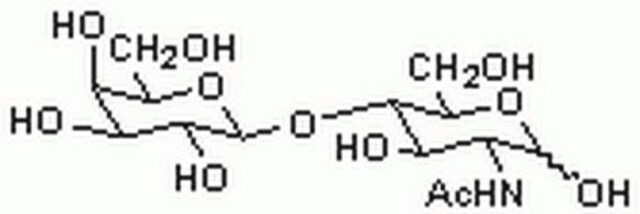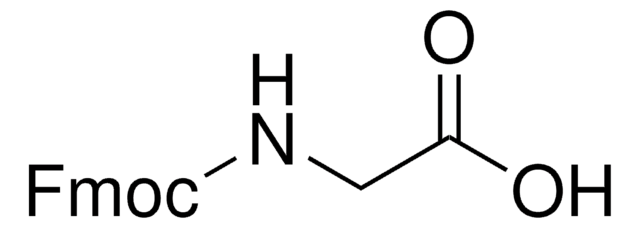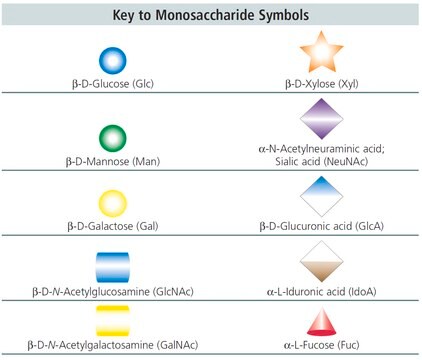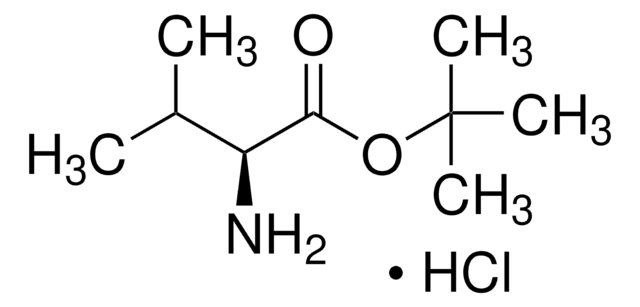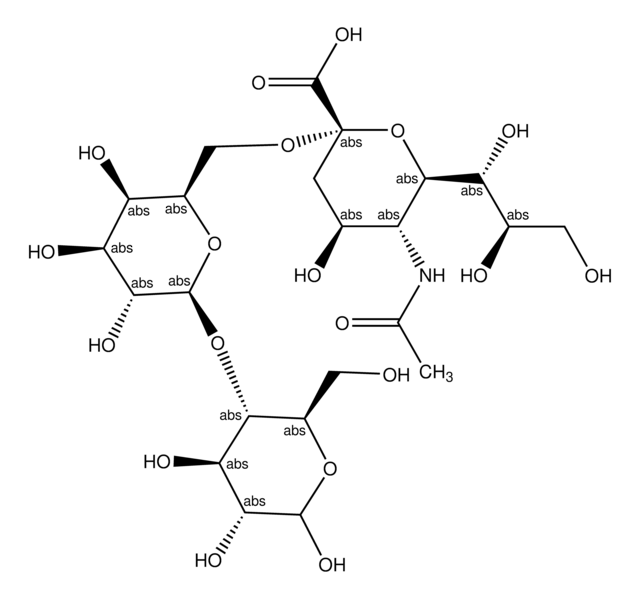A0167
Galacto-N-biose
Synonym(s):
β-D-Gal-(1→3)-D-GalNAc, 2-Acetamido-2-deoxy-3-O-β-D-galactopyranosyl-D-galactopyranose, T Antigen
About This Item
Recommended Products
Assay
≥98% (TLC)
form
powder
technique(s)
thin layer chromatography (TLC): suitable
storage temp.
−20°C
SMILES string
CC(=O)N[C@H]1[C@H](O)O[C@H](CO)[C@H](O)[C@@H]1O[C@@H]2O[C@H](CO)[C@H](O)[C@H](O)[C@H]2O
InChI
1S/C14H25NO11/c1-4(18)15-7-12(9(20)6(3-17)24-13(7)23)26-14-11(22)10(21)8(19)5(2-16)25-14/h5-14,16-17,19-23H,2-3H2,1H3,(H,15,18)/t5-,6-,7-,8+,9+,10+,11-,12-,13-,14+/m1/s1
InChI key
HMQPEDMEOBLSQB-UFLFEMAHSA-N
Application
Substrates
Other Notes
Storage Class Code
11 - Combustible Solids
WGK
WGK 3
Flash Point(F)
Not applicable
Flash Point(C)
Not applicable
Personal Protective Equipment
Choose from one of the most recent versions:
Already Own This Product?
Find documentation for the products that you have recently purchased in the Document Library.
Customers Also Viewed
Articles
O-Glycans
Our team of scientists has experience in all areas of research including Life Science, Material Science, Chemical Synthesis, Chromatography, Analytical and many others.
Contact Technical Service